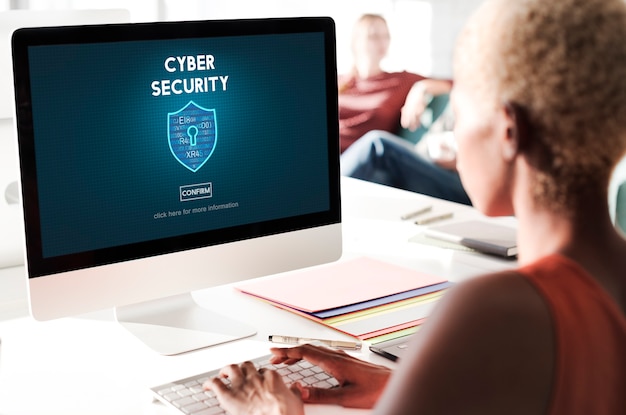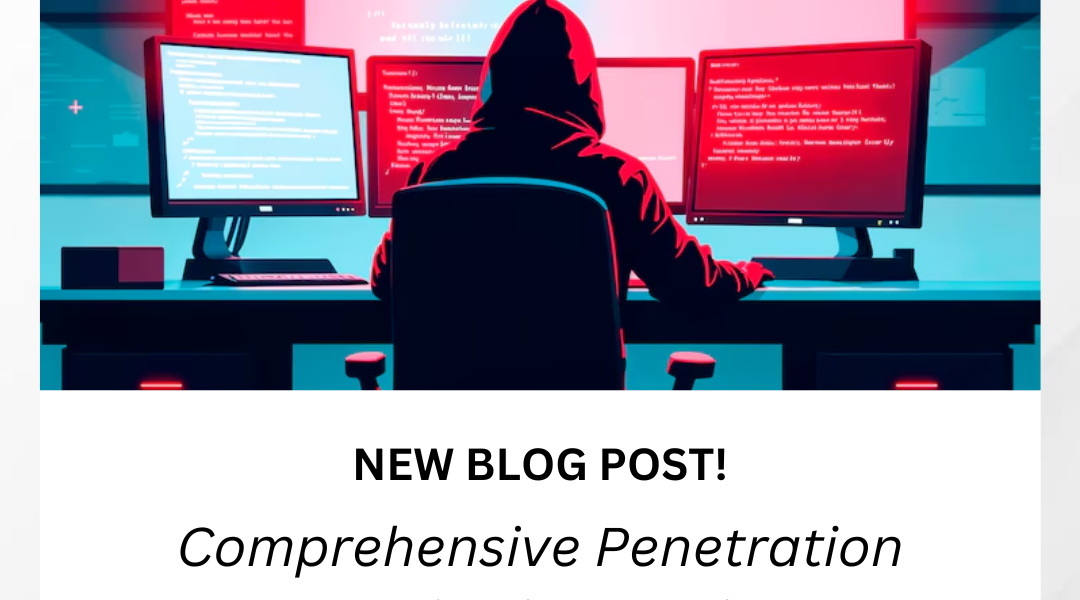Understanding the Basics: Cyber Security 101
In the present hyper-connected world, the requirement for cyber security has risen above the domain of tech specialists and become a key piece of our day to day existences. It’s not difficult to misjudge the consistent weakness we face from digital dangers that can endanger our own data, monetary prosperity, and, surprisingly, public safety. This article is your manual for the fundamental principles of cyber security, furnishing you with the knowledge to fortify your defenses and safeguard your digital assets.

What is Cyber Security?
At its heart, cyber security is the art of safeguarding computers, networks, organizations, and data from unapproved access or harm. It includes setting up protections to thwart, identify, and respond to cyber attacks. These attacks can take many forms, from stealing delicate information to disturbing online services and infecting systems with malicious software.
Common Cyber Threats
- Phishing Attacks
Phishing attacks are a prevalent type of cyber threat where hackers employ cunning tactics to trick individuals into disclosing sensitive information, like usernames, passwords, or credit card details. This is often done by posing as trusted entities through deceptive emails, instant messages, or counterfeit websites. - Malware Infections
The term “malware” includes all software designed strictly to cause havoc or take advantage of computers and networks. When a device is infected, malware can cause havoc through upsetting operations, stealing data, or giving unapproved access. Malware typically spreads through infected email attachments, compromised software, or malevolent websites. - Social Engineering
Social engineering involves the manipulation of individuals to divulge confidential information or engage in actions that compromise security. This manipulation leverages psychological strategies like impersonation, pretexting, or baiting. Attackers exploit human trust to gain unauthorized access or acquire sensitive information.
Best Practices for Cyber Security
- Strong Passwords
Using robust, distinctive passwords for each online account is paramount. A strong password should comprise a blend of upper and lower-case letters, numbers, and special characters. Avoid the use of personal information, common words, or easily guessable sequences. - Regular Software Updates
Keeping your operating system, antivirus software, and other applications up-to-date is a linchpin in guarding against known vulnerabilities. These updates often include security patches that rectify existing flaws and enhance overall system stability. - Two-Factor Authentication
Implementing two-factor verification reinforces the security of your internet based accounts. This method consolidates something you know (your password) with something you have (a unique code sent to your cell phone) to confirm your identity, significantly diminishing the risk of unauthorized access. - Secure Network Connections
When connecting with the internet, it is basic to make sure you are on a safe network. Avoid using public places Wi-Fi for sensitive transactions, as they are frequently encrypted and susceptible to snooping. Using virtual private networks (VPNs) is advisable when accessing the web from unfamiliar networks. - Regular Data Backups
Frequently backing up your critical data is crucial in the event of data loss or ransomware attacks. Store your backups on external hard drives, cloud storage services, or offline media, and perform periodic tests to ensure their successful restoration.
Understanding the Basics: Cyber Security 101
In a era of continuous innovation, the cyber threats we experience are consistently developing too. Getting a handle on the basics of cyber security is fundamental to safeguard our digital lives and avert possibly disastrous results. By adopting best practices such as creating strong passwords, staying vigilant against phishing attacks, and keeping software up-to-date, we can significantly reduce our vulnerability and secure ourselves from cyber threats. In the realm of cyber security, remember that prevention is unequivocally better than cure.
For more insights visit https://www.tretennetworks.com/it-blog

